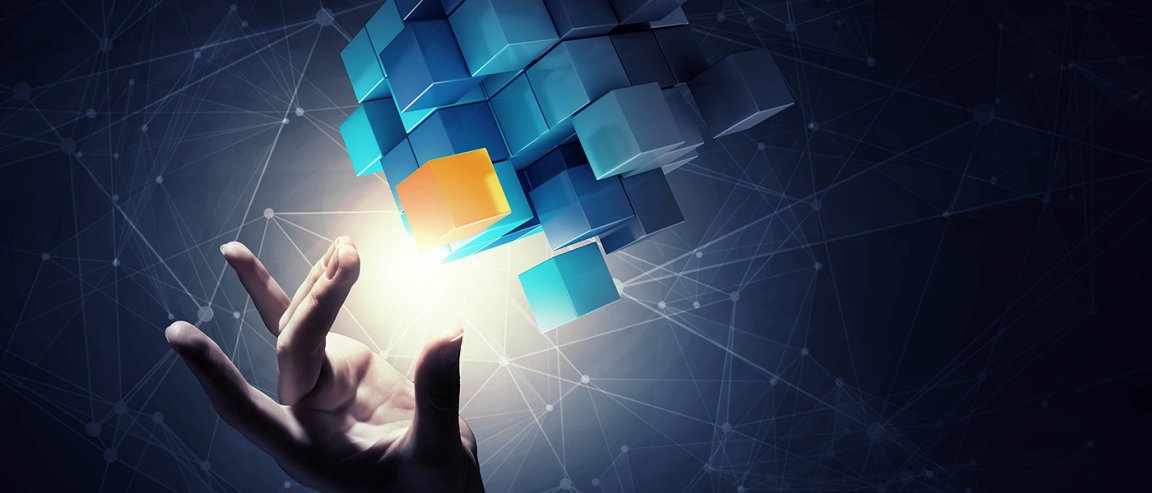
Blockchain in a Nutshell
Over the past decade, an alternative digital paradigm, blockchain, has slowly been taking shape at the edges of the internet. With huge companies such as Microsoft and R3 recognizing the system’s potential, and countries like Tunisia and Ukraine making full use of its resistance to manipulation, blockchain is just at the start of its game.
But what exactly is the blockchain? If you don’t know, you might want to get on-board.
Watch the following video for a 2-minute session of Blockchain 101.

According to The Wall Street Journal, a blockchain is a data structure that makes it possible to create a digital ledger of transactions and share it among a distributed network of computers.
It makes use of a system where records could be stored and facts could be verified by anyone who’s part of that network. This way, cheating the system by editing records is much more difficult (if not impossible) because of the transparency inherent in the system. Also, there’s no taking it down or corrupting it. Blockchain stores information across a network of personal computers making the info not just decentralized but distributed. This means, no central company or person owns the system yet everyone can use it and help run it. Therefore, as long as one of the member computers, or “nodes,” is safe, the ledger cannot be lost.
To top this off, Blockchain creates trustworthy and efficient interactions. As said in the video, it uses cryptography, a form of math which ensures that records can’t be counterfeited or changed by anyone else other than the entities involved in the transaction. Each transaction is provided with a mathematical “fingerprint” that can then be verified against the ledgers in each node.
Blockchain’s Challenges
Aside from the daunting task of complete overhaul of established network and financial practices, blockchain does present some unique challenges.
The first of these challenges lies with cooperation. For blockchain architecture to be able to proliferate throughout, many organizations would have to come together to agree on the fundamental rules of the network. This may prove daunting as different organizations will have varying policies and protocols in operation. Ironing out what is best on the whole could take some time and careful negotiation. Other concerns include those of security and privacy. As with figuring out the rules of the network, ensuring that all participants are satisfied with how secure the network is from attack or how much information about a trade needs to be made known for a transaction to be verifiable across the network will be particular points of contention.
Bitcoin is just the beginning. Many companies and organizations are experimenting with the framework. So, is blockchain an inevitability, or are the challenges it raises too much to overcome? Stay tuned for any future developments.